All images courtesy of Getty Images

By Andrew Daly
andrew@vinylwriter.com

What is Vaporwave?
Picture this…it’s three o’clock in the morning. You’re half asleep. The light radiating forth from the TV is flickering off the walls, shadows caressing your half-open eyelids. Muffled under the dark enclaves of your lucid dreams. In the very back of your mind’s eye, you hear cheesy saxophones cracking distorted notes over blown-out speakers. Amidst the chaos, you can just make out the distant chattering of smile-laden infomercial stars, peddling the latest and greatest soon-to-be dumpster fodder: “Billy Mays here, with Oxi-Clean!” Now, does any of that sound familiar? It’s a scene we’ve all experienced one time or another. There’s a certain nostalgic comfort to it…isn’t there?
Familiarity Bred from Nostalgia.
Vaporwave is what they call a micro-genre. At least that’s how it started out. If I was forced to reduce it down to its most simplistic form, then I suppose you would file it under “Electronic,” but Vaporwave is anything but simplistic. No, it refuses to be reduced to anything, because it refuses to take a final form. You can’t really pin down something that bases itself on surrealism and nostalgia. What is nostalgia? For me, it’s a feeling associated with warm memories of the past, but there is a problem with memories – they’re never entirely accurate, and tend to vary from person to person. So, Vaporwave as a genre takes many forms. Any form really. It’s a vibe. Confused yet? Let’s get technical.
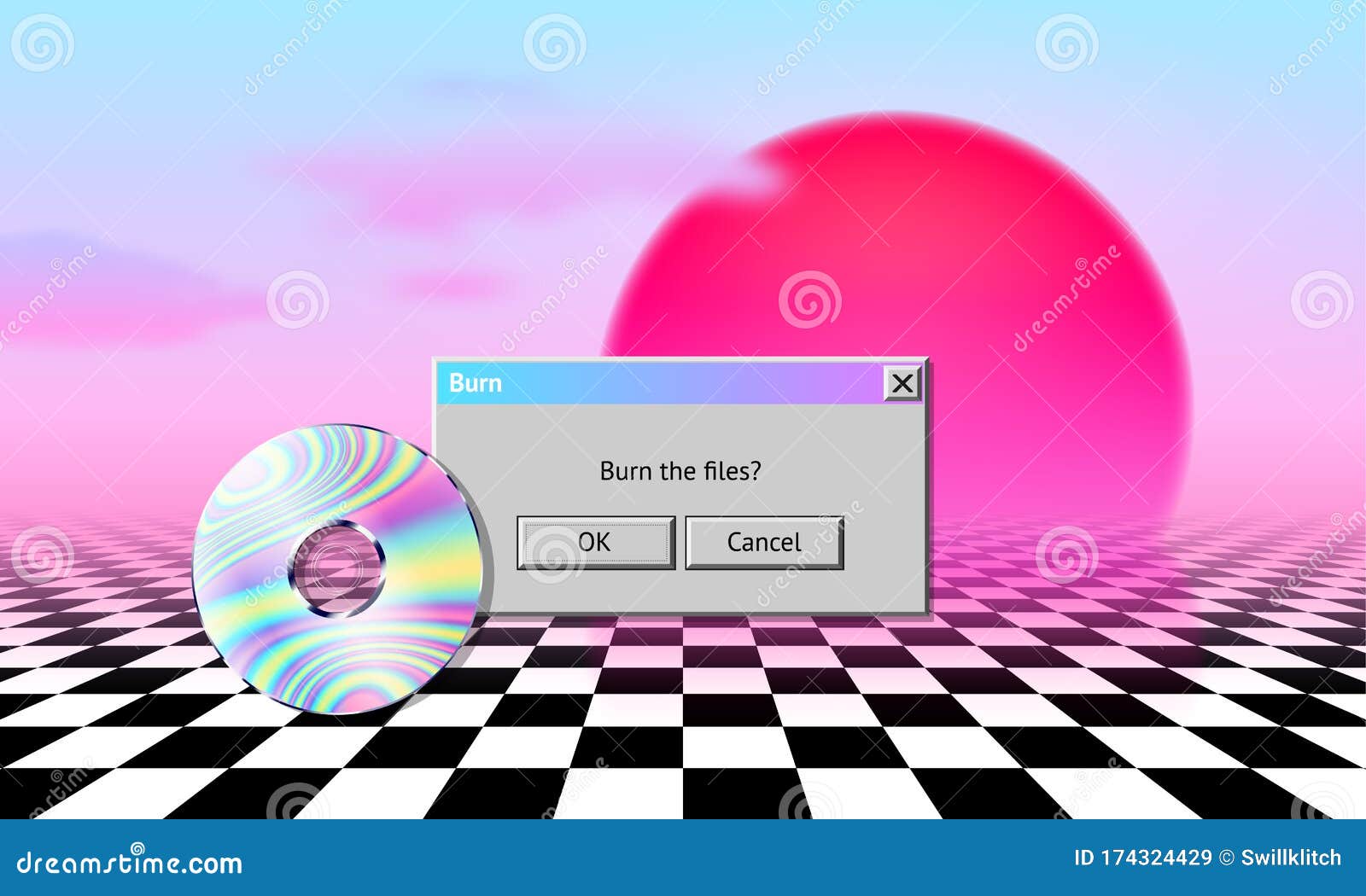
As I mentioned before, Vaporwave is a microgenre (a specialized or niche genre, within another larger genre) of Electronic music. A huge part of this particular microgenre is visual art. The music itself draws off nostalgia, specifically 80s, 90s, and very early 2000s pop culture. Vaporwave “DJ’s,” usually working within the confines of various mixing software, via home computer, intertwine smooth Jazz, elevator music, Disco, Lounge music, and pop cultures samples. After that, they use tried and true chopped and screwed techniques, pioneered by the likes of DJ Screw, along with various other effects, and voila, Vaporwave is formed.
A Visual Affair.
Vaporwave as a genre is as much about the visual aspect as it is about the music. Listening to Vaporwave is meant to be an immersive experience. The artwork and music tend to be associated with, and sometimes are even defined by, satirical takes on not only pop culture, but even consumer capitalism, characterized by a surrealist engagement with old school technology, vintage advertising, as well as meme and glitch art. Visually, it has a particular focus on early internet imagery (think Windows 95), anime, 3D objects, Greek and Roman art, along with Japanese aesthetics. Sounds pretty out there, right?
Of all the various internet-bred genres that have come and gone over the years, Vaporwave and its aesthetic seem to have had the most lasting impact. Its self-aware, ironic quality has a way of allowing listeners to relate to the music. In the early days of Vaporwave, pioneering artists such as James Ferraro, Ramona, Xavier, Chuck Person, and Saint Pepsi would take to YouTube, Soundcloud and Bandcamp, and release their music as mixtapes, harkening back to the days of cassette tape culture in the 80s, and 90s, further steeping the genre in deep nostalgia.
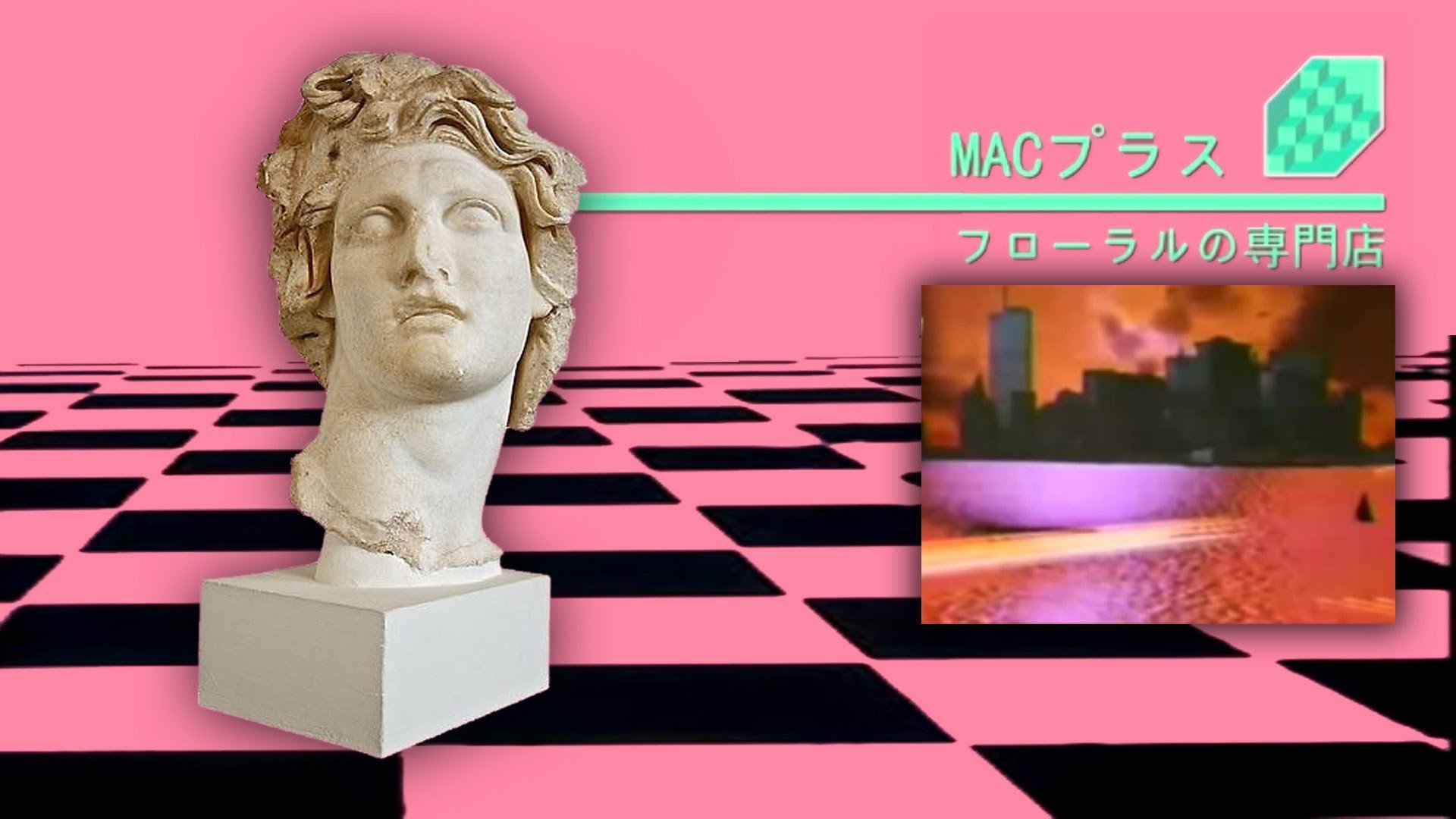
Where to Begin?
Vaporwave is a proverbial rabbit hole. There are sub-genres in the micro-genre even, and a lot of this music is posted and sold via indie outfits. The point being, if you don’t know where to look, or where to start, this stuff can be impossible to find. My starting point happened to be the supposed natural starting point for everyone, and more or less is the album that may or may not have kicked the whole genre off in the first place. The album in question is Floral Shoppe. Released by Macintosh Plus in 2011, its cover art is what would become the typical “look” of a Vaporwave album. Bright pink colors, 90’s NYC imagery, and a large Greek statue, backed up by 3D cubes lifted directly out of Windows 98, Floral Shoppe at the archetype of the Vaporwave aesthetic.
Did I mention samples? Well, this thing is loaded with them. Did I mention that this thing was crafted in some girl’s (Ramona Xavier) bedroom? Well, then you can probably guess none of these samples were cleared. That’s another hallmark of Vaporwave is the illegal use of samples, which is another reason why this music is hard to find. More so, why it’s so difficult to get pressed on vinyl and can be tricky to possess on vinyl. I’ll cut to the chase – you want this stuff on vinyl. It’s classic “fuck the establishment,” pirate radio, private press stuff at its best. The album is loaded with 80s samples, for example, a spaced-out, slowed down, and often difficult to understand sample from Diana Ross’ “It’s Your Move” is featured here, and that is just one of many.

Sub-genre’s Within the Micro-genre. Sub-micro-genres?
Vaporwave is anything and everything. It’s the kitchen sink of Electronic music, but it still manages to always have a certain vibe. As time wore on, more and more producers hopped on the train, and soon enough various sub-genres began to take shape, the most prevalent one probably being Future Funk. No, I am not referring to the live album, released in 1982, by Experience Unlimited, although I am more than certain the creators of the genre lifted the name from there. Basically, Future Funk is an offshoot of Vaporwave, but the connection more or less ends there. Future Funk is an extremely upbeat genre, which focuses on elements of Funk, Disco, and Japanese music, and as is the case with Vaporwave, combines them with nostalgic influences. It is perpetually hyperactive, danceable, and laden with 90’s anime and consumer culture. To get technical, Future Funk is “a disco-like remix of an older, obscure Japanese pop song set to 128 beats per minute.” A fantastic early example of this sub-genre is Hit Vibes by Saint Pepsi released in 2013.
Moving right along, another genre that cropped up is Mallsoft. A true microgenre is buried within the microgenre. Mallsoft is a true exercise in Ambient music, but with a completely new spin. Mallsoft focuses on the “external natural ambiance” of the environment around us. It basically takes the elevator music, the lounge music, and literal human white noise of say, a mall and creates not just music, but an ambient sound of something that is always there, yet rarely noticed. Part music. Part white noise. Mallsoft truly bends the Ambient genre in ways not seen since Brian Eno’s Music for Airports. Mallsoft is about true soundscapes, not created ones, and so “external natural ambiance” becomes “external natural human ambiance.” Just as there are people who enjoy hours of waterfalls and whale songs, there are people who enjoy the ambient sounds of crowded shopping malls. To summarize, when you’re listening to Mallsoft, you’re hearing the true definition of “space” around the music. You are not listening to a recording of music playing within the mall, no, you’re listening literally to how that mall sounded when music was added to it. A fantastic representation of Mallsoft would be Palm Mall, released in 2014, by Cat System Corp. Stylized as, 猫 シ Corp.
:format(jpeg):mode_rgb():quality(90)/discogs-images/R-10186436-1493056951-5825.jpeg.jpg)
Vaporwave is Dead? Long Live Vaporwave.
So, what is Vaporwave? Is it music? Is it a visual art piece that went too far? Or maybe it’s in an inside joke that is simply impossible to truly understand. I personally believe that early on, many people listened to Vaporwave ironically, and as time passed, it simply took on a life of its own. A lot of people across various online forums where Vaporwave made its name began to proclaim that Vaporwave was dead. How can a genre that had no real viability in the mainstream truly ever die? No, Vaporwave will always live on, because as I’ve said before, Vaporwave is anything and everything. It’s infomercials at two am. It’s background noise at your local shopping mall. It’s a chopped and screwed version of the Dragon Ball Z theme song. Vaporwave is all around us, everywhere and nowhere all the same time. It’s the ghost of a genre that perhaps never truly existed beyond digital sampling software, illegally downloaded onto teenager’s laptops. Its legacy lives on via Reddit forums, indie Bandcamp labels such as My Pet Flamingo, 100% Electronica and private press records.
The truth is, Vaporwave is not dead, and while it may never have any commercial viability, it’s worth hearing. If anything, perhaps it’s even thriving in its own right. This past Winter, my friend, our very own Joe O’Brien, and I went to the very first aesthetic night, at the Mercury Lounge, located in the East Village of NYC. While it wasn’t a packed stadium of thousands, it was a couple of hundred fans of this music, coming together beyond the confines of the internet, to enjoy a night of live Vaporwave and Future Funk. If vinyl and life for that matter are about qualitative experiences, then you are doing yourself a true disservice by ignoring the internet’s most ironic sub-genre within the micro-genre.
Do yourself a favor. Open your mind, and take the journey.
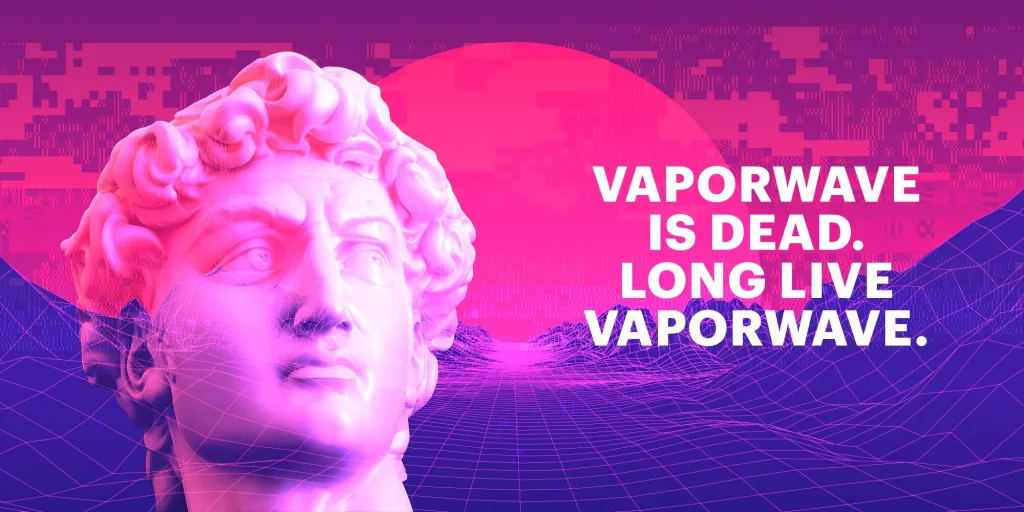
– Andrew Daly (@vwmusicrocks) is the Editor-in-Chief for www.vwmusicrocks.com and may be reached at andrew@vinylwriter.com
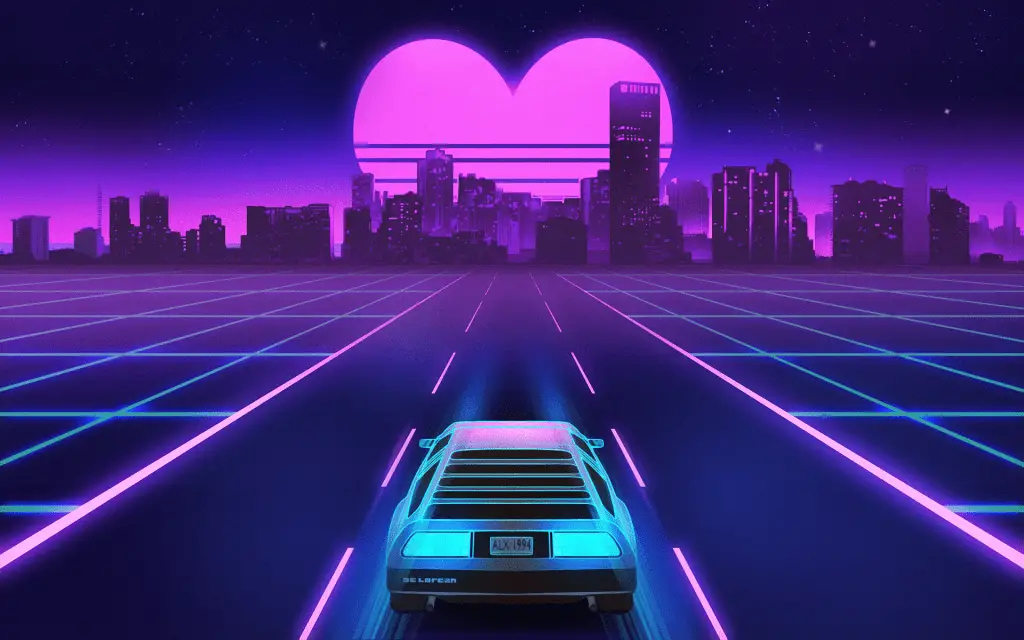
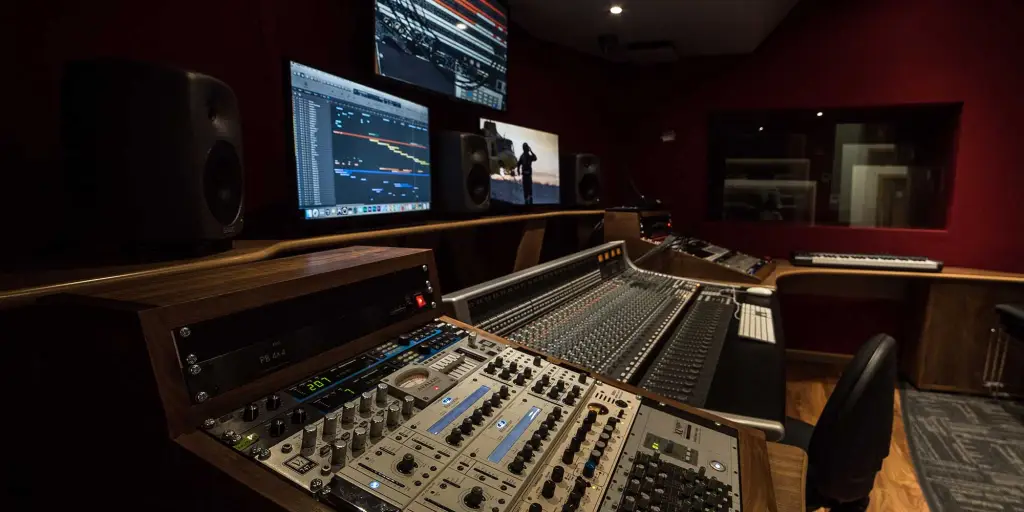

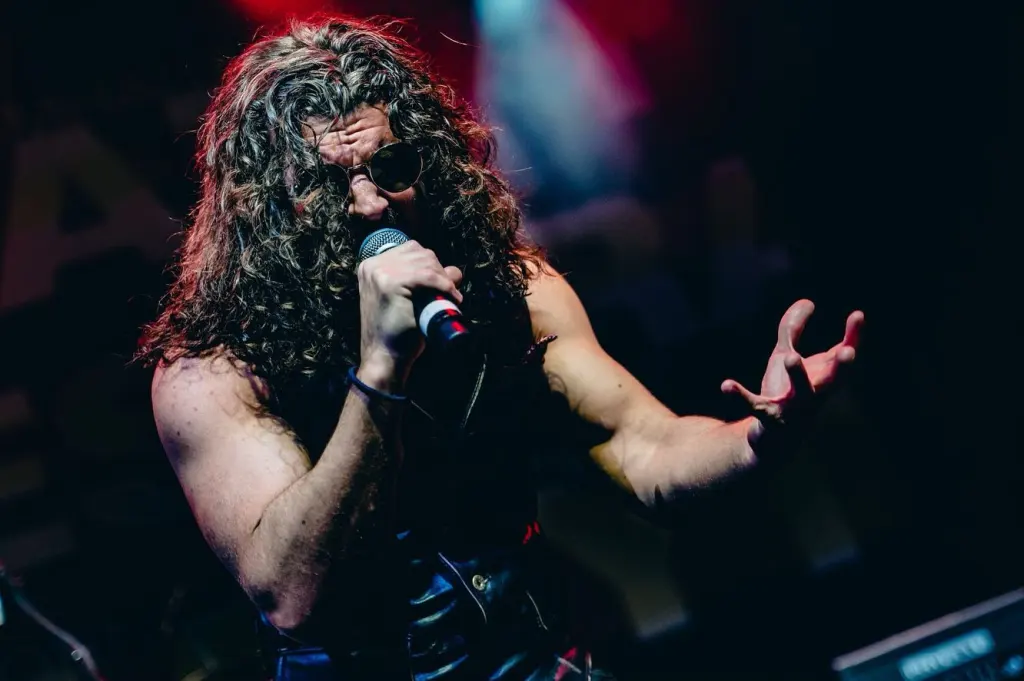

Leave a Reply